Watercolor painting opens up a world of artistic possibilities through its unique ability to flow, blend, and create ethereal effects. You can master watercolor techniques by understanding how water and pigment interact on paper, allowing you to create stunning artwork that captures light and emotion.
Every stroke of your brush tells a story as the paint dances across the surface, creating transparent layers that build depth and dimension. The unpredictable nature of watercolors makes each painting session an exciting adventure, where happy accidents can lead to beautiful discoveries.
Your artistic journey begins with simple materials: quality paper, a few brushes, and a basic set of watercolor paints. The medium’s portability and minimal setup requirements make it perfect for both studio work and outdoor painting sessions.
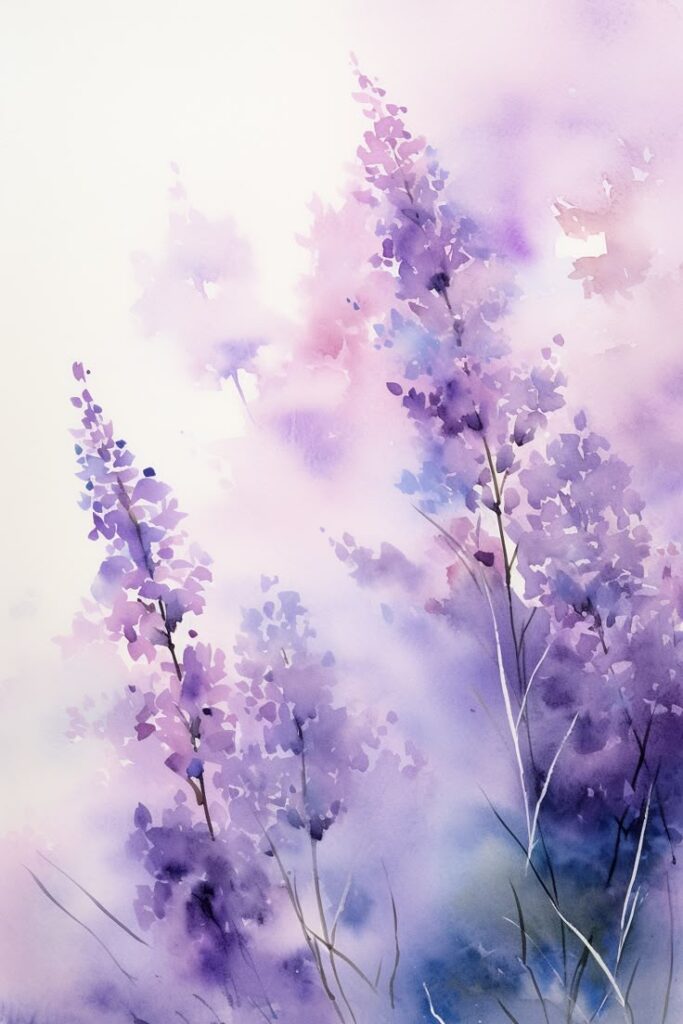

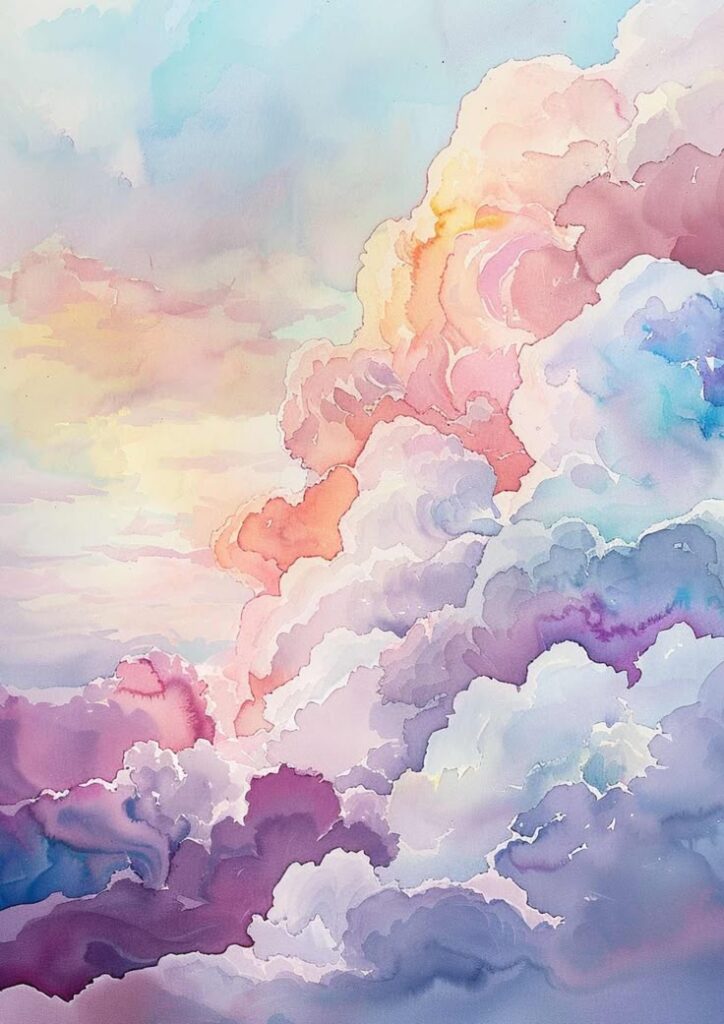
Key Takeaways
- Your watercolor success depends on mastering the balance between water and pigment
- Each painting technique builds your confidence and expands your creative possibilities
- Quality supplies and proper preparation enhance your artistic results
Exploring Watercolor Painting Techniques
Watercolor painting combines precise control with spontaneous effects through specific brush movements and water management. The interplay of pigments and water creates distinctive textures and patterns that bring artwork to life.
Mastering Basic Techniques
Start with wet-on-wet technique by applying clean water to your paper before adding paint. This creates soft edges and flowing effects perfect for painting ocean waves or sky backgrounds.
Control the water-to-paint ratio on your brush. A dryer brush produces crisp edges and defined shapes, while a wetter brush creates fluid blends and gradients.
Practice lifting techniques by using a clean, damp brush to remove color from your painting. This technique helps create highlights and correct mistakes.
Use layering to build depth in your work. Wait for each layer to dry completely before adding the next one to maintain color clarity.
Advanced Strategies for Texture and Effect
Create texture through salt application on wet paint. The salt absorbs moisture and leaves behind unique crystalline patterns ideal for starry skies or textured landscapes.
Master negative painting by working around shapes to define them. Paint darker values around light objects like colorful balloons to make them stand out.
Try these special effects:
- Splattering for stars or rain
- Plastic wrap for organic patterns
- Dry brush for rough textures
- Blooming for soft color transitions
Mix granulating and non-granulating pigments to achieve varied surface qualities. This combination adds visual interest and depth to your paintings.
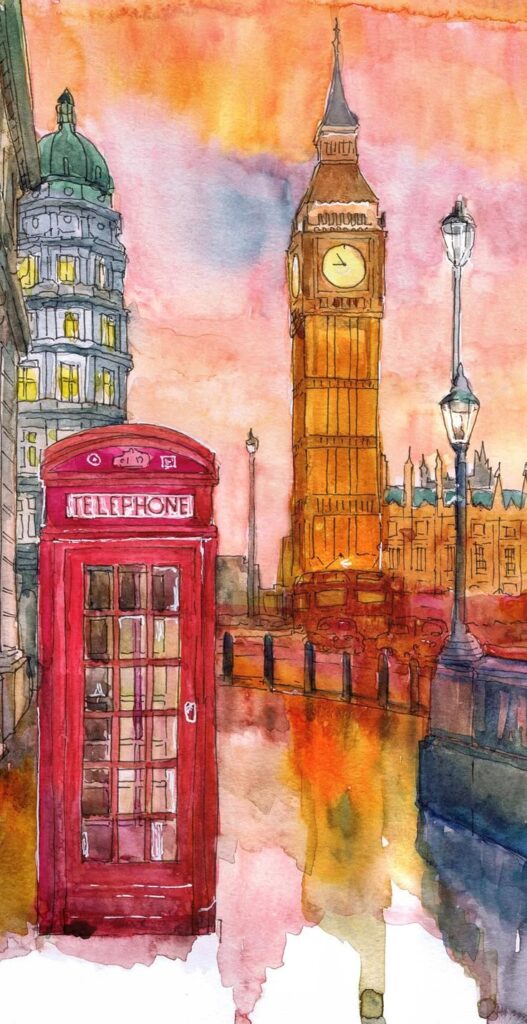
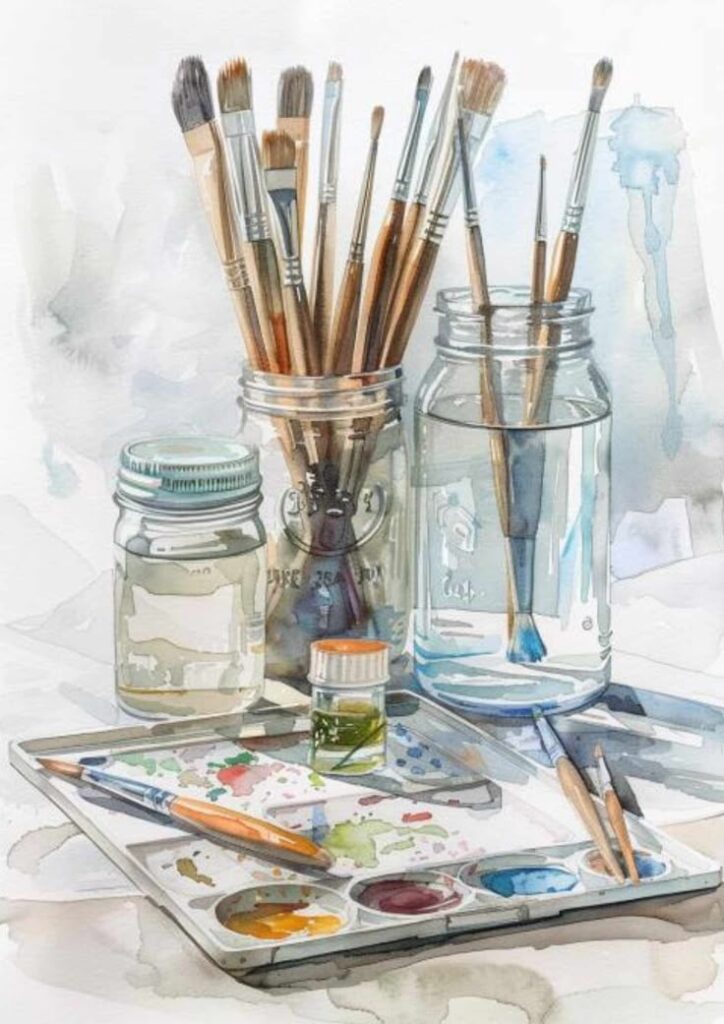
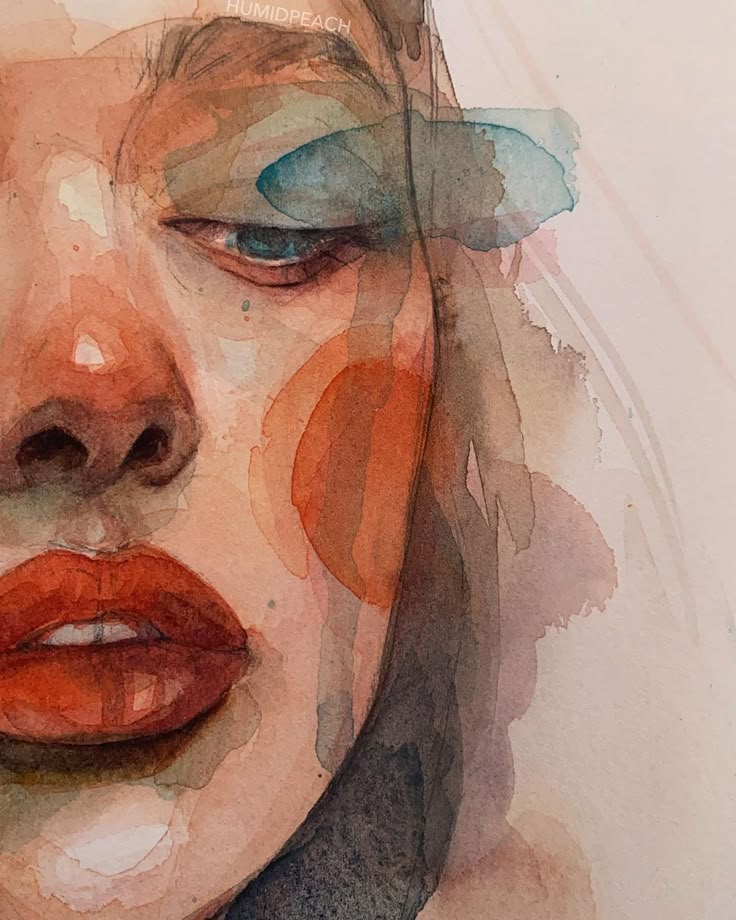
Finding Inspiration for Watercolor Artwork
Artists can discover endless possibilities for watercolor subjects in the world around them. Drawing inspiration from nature, cityscapes, and abstract concepts allows you to create diverse and compelling artwork.
Natural Landscapes and Seascapes
Forests provide rich opportunities with their layered canopies and filtered sunlight. Try capturing the interplay of light through branches or misty morning fog among the trees.
Coastal scenes offer dynamic subjects like lighthouses standing against dramatic skies. Paint crashing waves using wet-on-wet techniques to create soft edges that mirror water’s movement.
Lakes and their reflections make ideal subjects for practicing water effects. Focus on capturing the subtle color variations during sunset, when the water mirrors the sky’s warm hues.
Popular Natural Elements to Paint:
- Wildflower meadows
- Mountain vistas
- Misty waterfalls
- Sandy beaches
- Rolling hills
Urban Scenes and Architectural Elements
City streets present compelling compositions with their mix of old and new buildings. Paint weathered brick walls, ornate Victorian houses, or modern glass structures.
Windows and doorways create natural frames within your composition. Use these architectural features to guide viewers’ eyes through your painting.
Street scenes come alive with careful attention to light and shadow. Capture the warm glow of street lamps or dramatic shadows cast by tall buildings.
Abstract Concepts and Geometric Patterns
Transform basic shapes into dynamic abstract compositions. Experiment with circles, triangles, and squares in various combinations.
Color gradients work beautifully in watercolor. Create flowing transitions between hues by letting colors blend naturally on wet paper.
Pattern Ideas:
- Repeating hexagons
- Overlapping circles
- Linear grids
- Organic flowing forms
- Fractured geometric shapes
Try combining complementary colors in your abstract work. Use masking fluid to preserve white spaces and create crisp pattern edges.
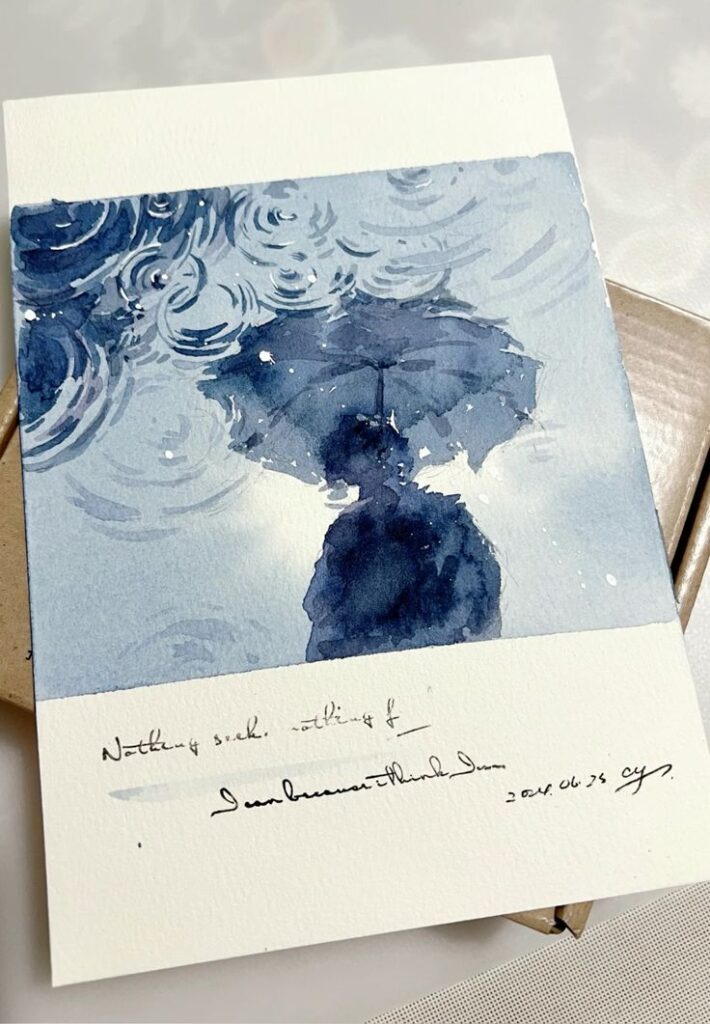
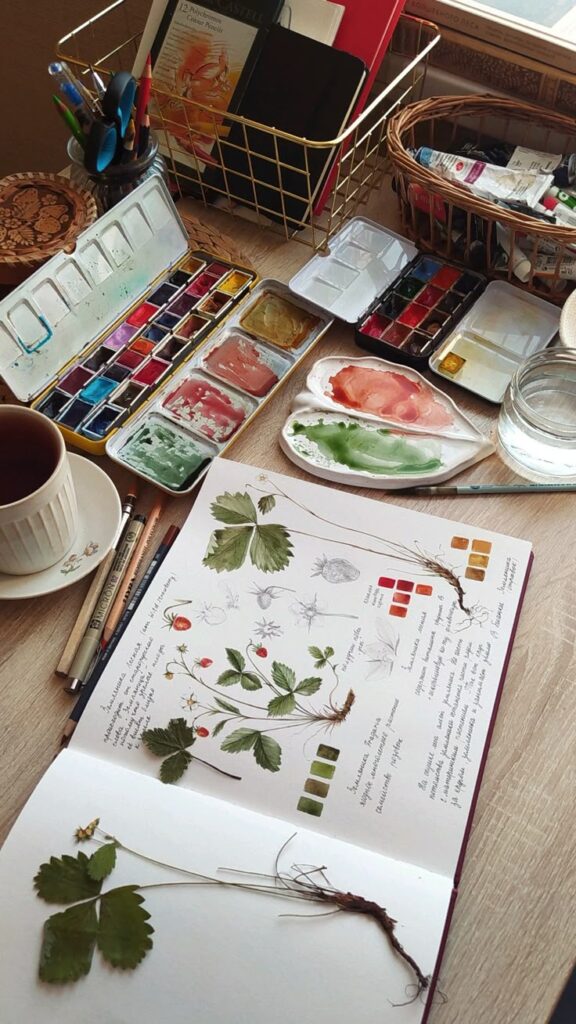
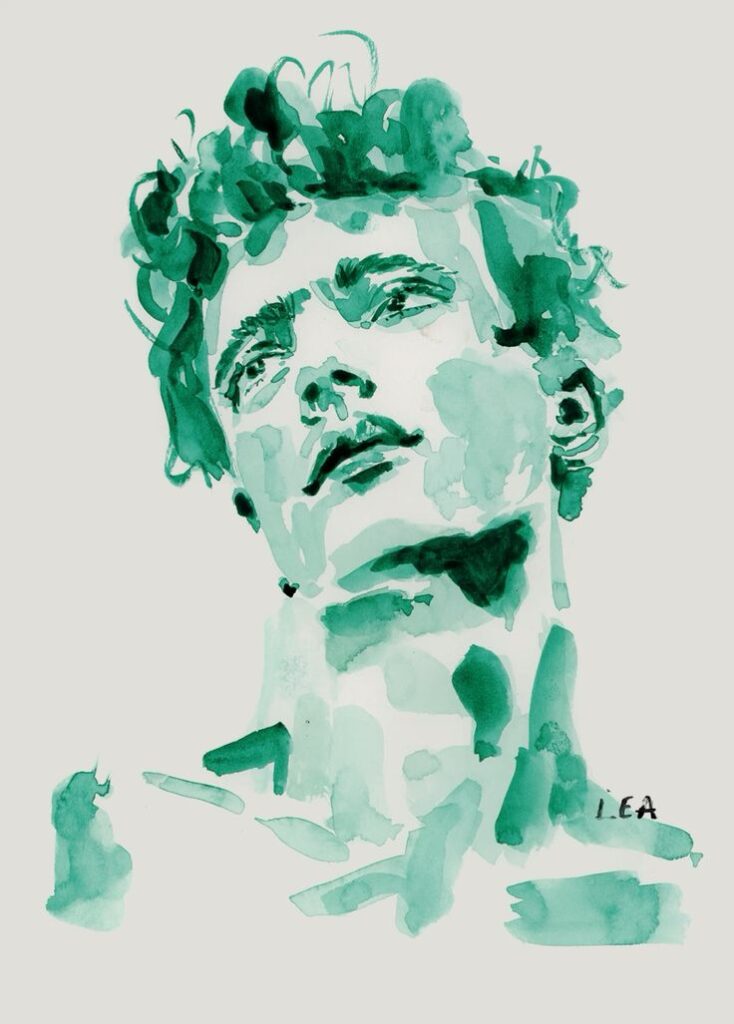
Essential Watercolor Supplies and Maintenance
A well-maintained collection of quality supplies forms the foundation of successful watercolor painting. Good tools and proper care will significantly improve your artistic results.
Choosing Quality Watercolors and Tools
Professional-grade watercolor paints contain finely ground pigments and minimal fillers. Start with a basic palette of 12-15 colors from reputable brands like Winsor & Newton or Daniel Smith.
Your brushes should include a mix of sizes: a #12 round brush for large washes, a #6 round for detail work, and a 1-inch flat brush for even coverage. Natural sable or synthetic squirrel brushes offer excellent water control.
Select cold-pressed watercolor paper at 140lb (300gsm) weight as your standard painting surface. This paper weight prevents warping and provides ideal texture for paint absorption.
Essential accessories include a ceramic palette with deep wells, two water containers, and a spray bottle for maintaining paint moisture.
Caring for your Watercolor Supplies
Clean your brushes immediately after each painting session using mild soap and lukewarm water. Shape the bristles to a point and store brushes upright.
Keep your paints in a cool, dry place away from direct sunlight. Cover your palette between sessions to prevent dust contamination and paint drying.
Store paper flat to prevent warping. Handle sheets by the edges to avoid transferring oils from your hands to the painting surface.
Check your water containers regularly and replace dirty water to maintain color clarity. Wipe palette surfaces clean after each use with a soft, damp cloth.